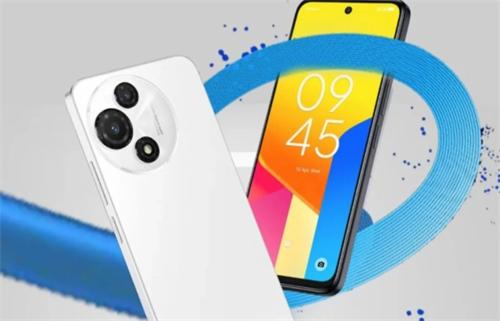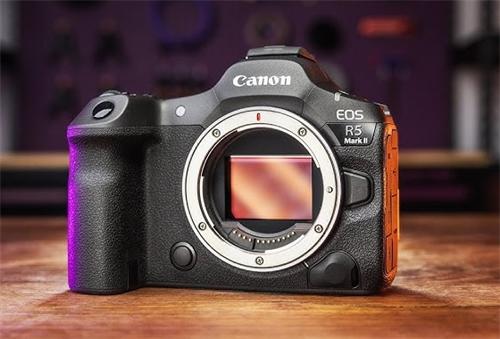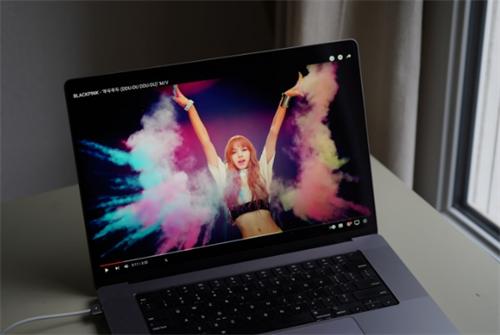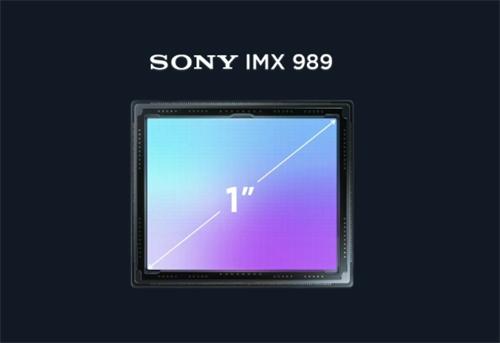How Do Meta’s Haptic Gloves Make Virtual Objects Feel Real?
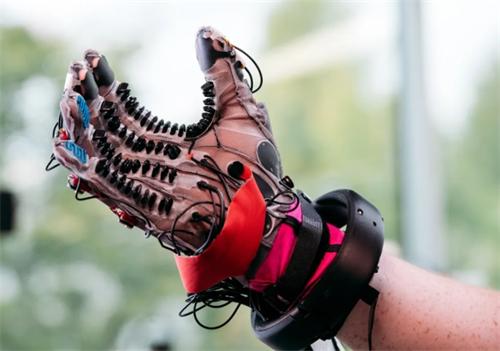
Imagine a virtual world where you don’t just see an adorable cat—you can actually feel the softness of its fur. This isn’t science fiction, but a vision Meta (formerly Facebook) is actively working to bring to life. The tech giant recently unveiled a prototype of its haptic glove, a project seven years in the making, that brings the sensation of touch into virtual environments.
How Do Haptic Gloves Work?
The futuristic-looking glove is lined with about 15 inflatable plastic pads—called actuators—strategically placed along the wearer’s palm, fingertips, and the underside of the fingers. On the back of the glove are small white markers that allow cameras to track hand movements, while internal sensors detect finger bending.
When a user puts on the glove and enters a VR or AR environment, a precision control system adjusts the inflation levels of these pads in real time. For example, when you touch a virtual object with your fingertip, the corresponding actuator applies pressure; when you grip an item, the actuators along your fingers stiffen to simulate resistance. This tactile feedback, combined with visual and audio cues, creates a convincing illusion of physical contact.
“I see the plate, see my finger sliding across it, hear the sound of ceramic being scraped, and feel the vibration—it’s unbelievably real,” said Michael Abrash, head of Meta’s Reality Labs, describing his test experience.
Technical Breakthroughs: From Soft Robotics to Microfluidic Chips
To achieve such precise haptic feedback, Meta integrates several cutting-edge technologies. First, it draws from the field of soft robotics, replacing bulky motors with miniature air valves. These valves are made of special silicone elastomers and can be manufactured using 3D printing.
More importantly, Meta developed its own microfluidic processor—a fingernail-sized chip capable of controlling airflow with millisecond precision. Compared to traditional electronics, it’s lighter, more energy-efficient, and generates less heat. This innovation makes it feasible to embed a large number of actuators into the glove.
Meta’s development journey has been long and meticulous. After acquiring Oculus in 2014, it built a one-finger prototype in 2015, achieved fingertip haptic feedback in 2017, and has now unveiled a full-hand prototype. CEO Mark Zuckerberg himself tested early versions, once describing the sensation of “shooting webs” in VR.
Use Cases: More Than Just Petting Virtual Cats
While the demo of petting a virtual cat is charming, the glove’s potential extends far beyond that. In industrial design, engineers can “touch” and manipulate 3D models directly. In medical training, students can practice procedures that require highly refined tactile skills. In remote collaboration, users could even shake hands virtually.
With both participants wearing gloves, they can shake hands, fist bump, or perform intricate cooperative tasks in a shared virtual space. When combined with a physics engine, they could even play coordination-based mini-games. This immersive interaction promises to redefine remote teamwork.
Challenges and the Road Ahead: From Lab to Living Room
Despite its promise, bringing haptic gloves to consumers faces significant challenges. The current prototype is tethered by multiple cables and remains bulky. To simulate finer tactile details, the number of actuators would need to scale from dozens to hundreds—or even thousands.
As a wearable device, comfort and adaptability are also crucial. Ideally, the glove should automatically conform to different hand sizes, be lightweight, breathable, and washable. Meta has acknowledged that future versions may need to be custom-made for each user to ensure optimal performance.
“VR is a brand-new physical world where nothing is actually solid,” explained Abrash. The purpose of haptic gloves is to give users realistic feedback in this virtual world, enabling them to interact naturally with objects instead of passing through them unrealistically.
Although mass production is still a way off, Meta’s innovation has opened a new chapter in how we interact in the metaverse. As vision, sound, and touch merge seamlessly, the boundary between the virtual and the real will become increasingly blurred.
Recommended for you:

